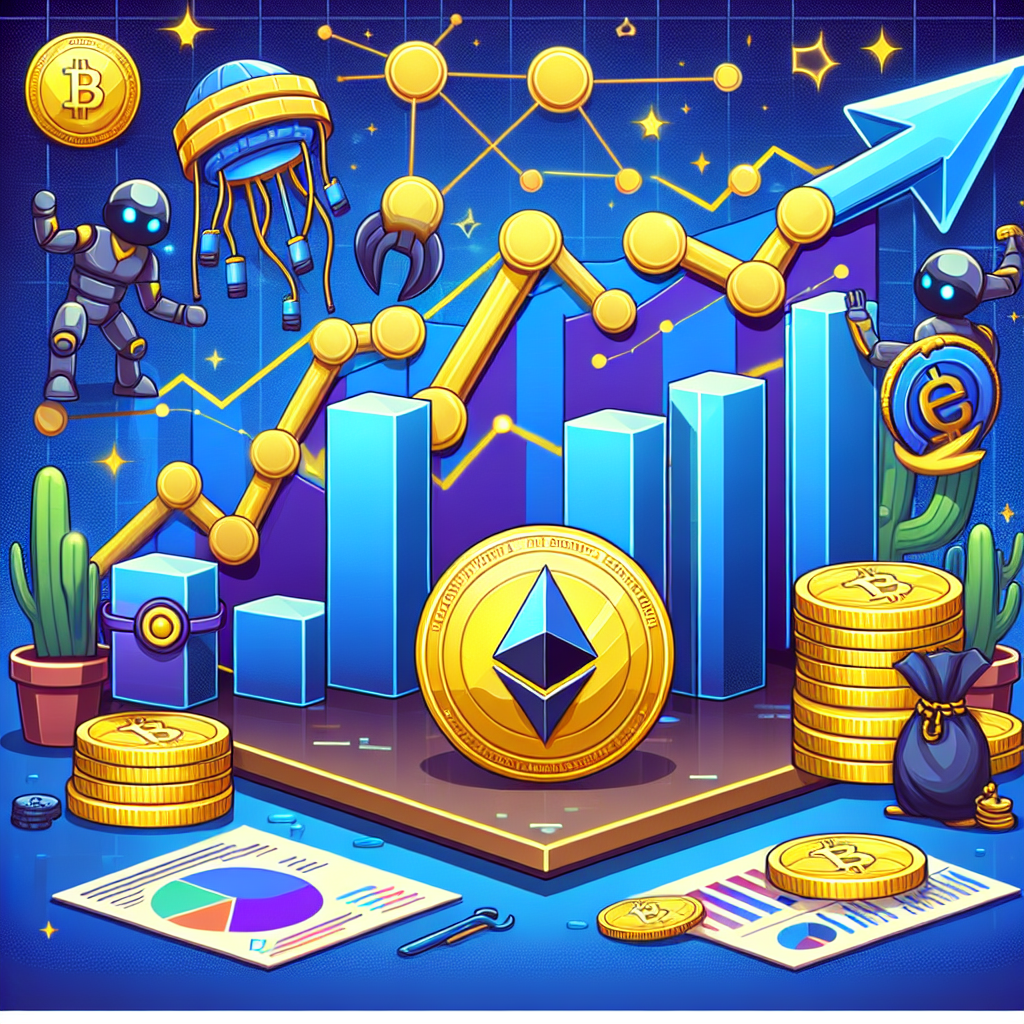Get an in-depth comparison of Ethereum and Solana in this article, analyzing their strengths, weaknesses, and potential to become the dominant altcoin in the current cycle.
Contents
3 min read
In the ever-evolving world of digital currencies, Ethereum and Solana are battling it out to be the foremost altcoin. Both boast unique features and capabilities that make them potential leaders in this cycle. This article will delve into a comprehensive analysis of Ethereum and Solana, examining their strengths, weaknesses, and overall potential.
Ethereum: A Dominant Force in the Blockchain Space
As one of the first cryptocurrencies, Ethereum has a solid foothold in the industry. It is renowned for its smart contract capabilities, which have revolutionized the world of blockchain technology. Ethereum’s decentralized applications (dApps) are widely used, with thousands of developers worldwide contributing to its ecosystem.
Related: Modern Blockchain Networks: History, Types, Levels, and Key Innovations in 2024
However, Ethereum’s potential to remain the top altcoin is not without challenges. Rising gas prices and scalability issues have been persistent problems. Ethereum 2.0, the network’s upcoming upgrade, promises to address these issues with the introduction of proof-of-stake consensus mechanism and sharding. However, the full rollout of Ethereum 2.0 is still awaited.
Solana: A Promising Contender
Solana, on the other hand, is a newer entrant to the crypto arena, yet it has quickly gained traction due to its impressive speed and scalability. Solana’s blockchain can process a staggering 65,000 transactions per second, far exceeding Ethereum’s current capacity.
Related: Rising Popularity of Solana-Based DApps and Memecoins
The Solana ecosystem also boasts lower transaction fees, making it an attractive option for users and developers alike. However, Solana’s strength also comes with significant concerns, especially about its centralization risks and its dependency on a smaller group of validators compared to Ethereum.
Comparative Analysis
- Scalability: Solana clearly outshines Ethereum in terms of scalability, a critical factor for mass adoption of blockchain technology.
- Ecosystem: Ethereum has a more mature and vibrant ecosystem, with many more dApps and developers compared to Solana.
- Security: Ethereum’s decentralized nature offers better security, while Solana’s reliance on a smaller group of validators poses potential risks.
- Transaction Fees: Solana offers lower transaction fees, making it a more user-friendly option.
Related: Surge in Token Issuance on Solana Driven by Meme Coin Mania
The Potential Leader
While Ethereum remains a dominant force, its position is not unassailable. Solana’s impressive scalability and lower transaction fees make it a formidable opponent. Ethereum’s future largely depends on the successful implementation of Ethereum 2.0, which could potentially solve its scalability issue and reduce its high gas fees.
Meanwhile, Solana must work on decentralization and security to compete with Ethereum effectively. Both these cryptocurrencies have their unique strengths and weaknesses, making it an interesting race to observe. The altcoin that manages to strike the right balance between scalability, security, and cost-effectiveness might very well emerge as the dominant altcoin in this cycle.










